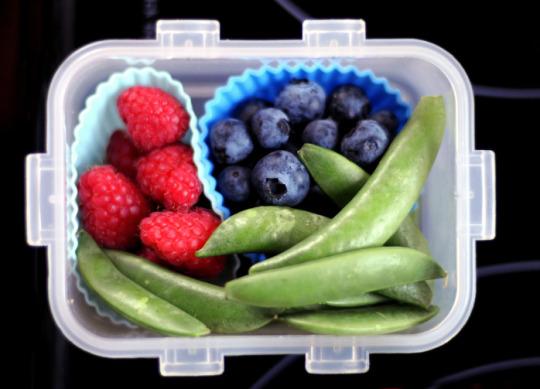
To
make matters worse, the study authors say that the process for
substituting the chemicals used in manufacturing is fairly flawed, which
is why we’re seeing harmful replacements. (Photo: Getty Images)
Replacing
harmful chemicals used for manufacturing is a good thing, but not if
those replacements produce the same effects. According to new research
out of NYU Langone Medical Center, two such substitutes used to
strengthen items like plastic wrap, food containers, and soap have been
linked to a higher risk of diabetes and high blood pressure in children.
Lead
study author Leonardo Trasande, MD, an associate professor at NYU
Langone, and his team had previously found that the chemical
di-2-ethylhexyl phthalate, or DEHP, found in many plastic products was
linked to these same risks. As a result of this research, DEHP has
slowly been replaced by the phthalate compounds diisononyl phthalate
(DINP) and diisodecyl phthalate (DIDP) over the last decade in the
United States.
Is it ever safe to reuse plastic food containers? (Video: Yahoo Health)
In the team’s most recent study, published in Hypertension,
the researchers looked at data from participants in the National Health
and Nutrition Examination Survey collected between 2008 and 2012. This
included measurements taken and evaluated for phthalates and glucose in
the blood samples of 356 children and adolescents aged 12 to 19,
analyzing the participants’ urinary levels of DINP and DIDP.
The
researchers found a “significant association” between high blood
pressure and DINP and DIDP levels in the blood. To break it down, there
was a 1.1-millimeters-of-mercury increase in blood pressure for every
tenfold rise in phthalates. In a May study published in the Journal of Clinical Endocrinology and Metabolism,
the scientists also found the phthalates were linked to increased
insulin resistance, which is a steppingstone to diabetes. One in three
children with the highest DINP levels also possessed the highest insulin
resistance.
In
both studies, the results held true even after researchers controlled
for compounding factors like diet, physical activity, gender,
race/ethnicity, and income. And overall, these new study outcomes
present very similar concerns to those surrounding DEHP.
Phthalates in general have made news recently for their negative health effects, especially in developing and unborn children. One study from late last year out of Columbia University linked prenatal exposure to the chemicals to lower IQ; another
found phthalates were associated with an increased risk of childhood
asthma. Yet they’re still found in many household items and plastic
goods.
According
to Trasande, the process for substituting the chemicals used in
manufacturing is fairly flawed, which is why we’re seeing harmful
replacements. “As it stands, the regulatory framework is such that a
chemical is innocent until proven guilty,” he tells Yahoo Health. “It’s a
situation where health concerns emerge without checking the safety.”
That
said, Trasande says you can cut down on potentially problematic
phthalate exposure. “There are a few safe and simple steps families can
take,” he says.
They are:
• Avoid microwaving food in plastic containers and food that is covered in plastic wrap.
• Avoid machine dishwashing, where harsh detergents and other
chemicals tend to etch and scratch, allowing plasticizers to more
readily leach into food. Wash by hand instead, and toss out worn plastic
goods with lots of scratches.
• Avoid using plastic containers labeled with 3, 6, or 7 on the
bottom, inside the tiny recycle symbol. Phthalates are generally used in
the manufacturing of these items.